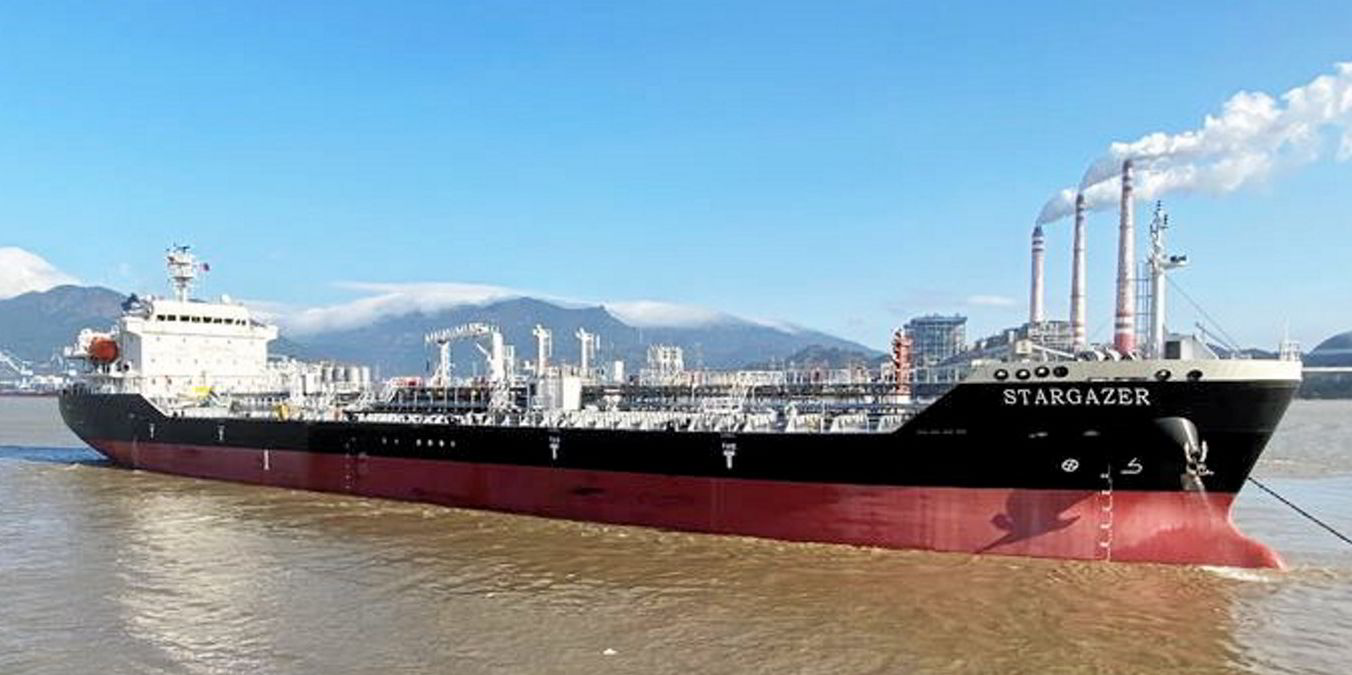Chemical tanker markets are taking shape nicely this year as fleet utilisation and rates rise.
Clarksons Platou Securities said the fleet has averaged $18,000 per day on the spot market so far in 2022.
The investment bank’s chemical tanker time charter equivalent index shows earnings have risen more than 16% year on year.
If sustained, this could support one-year charters of more than $15,000 per day for a 19,900-dwt IMO2 stainless steel vessel.
“The specialised chemical tanker business is often overlooked by investors,” said analysts Frode Morkedal and Even Kolsgaard.
They point to a “rather strong” correlation with product tankers.
“Given the extraordinarily high MR product tanker earnings, an increasing number of MR vessels with an IMO2 designation are shifting their focus from the vegetable oil and easy chemical trades to the mainstay clean petroleum products trade, thus resulting in less competition with pure chemical tankers,” they added.
In addition, because of elevated bunker fuel prices, operators such as Norway’s Odfjell have cut vessel speeds by 6.5% in the year to date, against an average for all ship types of 1.3%.
“This reduces fuel costs while also tightening the market balance. Overall, we estimate that fleet utilisation is up 2%, despite tonne-miles remaining flat at best due to reduced active fleet capacity,” Morkedal and Kolsgaard said.
Norwegian chemical carrier owner Stolt-Nielsen will publish second-quarter earnings on Thursday.
Clarksons Platou expects a “bullish” market assessment.
Last week, shipping equities had a mixed week, it said, with the average shipping stock falling 2% despite the overall market rallying 6%.
The success of shipping stocks is inextricably linked to commodities prices, the investment bank argues.
“Commodity prices were generally easing last week, which may have alleviated concerns about inflationary pressures and explained the overall stock market comeback,” the analysts said.
But they believe shipping stocks are still well-positioned, despite economic concerns, thanks in large part to restrained fleet capacity increases.






